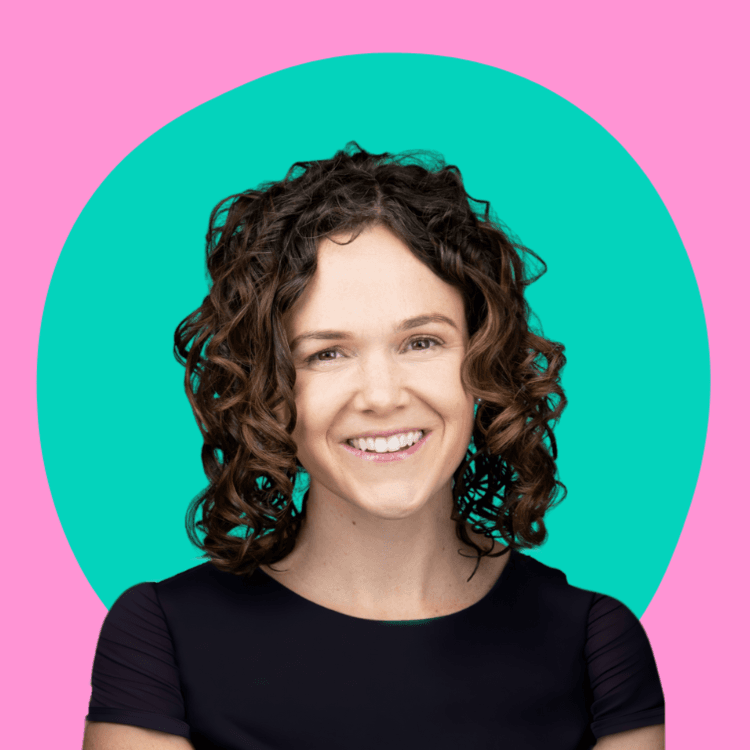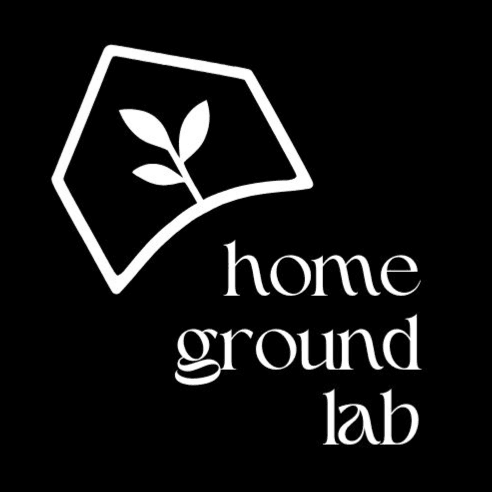Guest Blog Post: Home Ground Lab
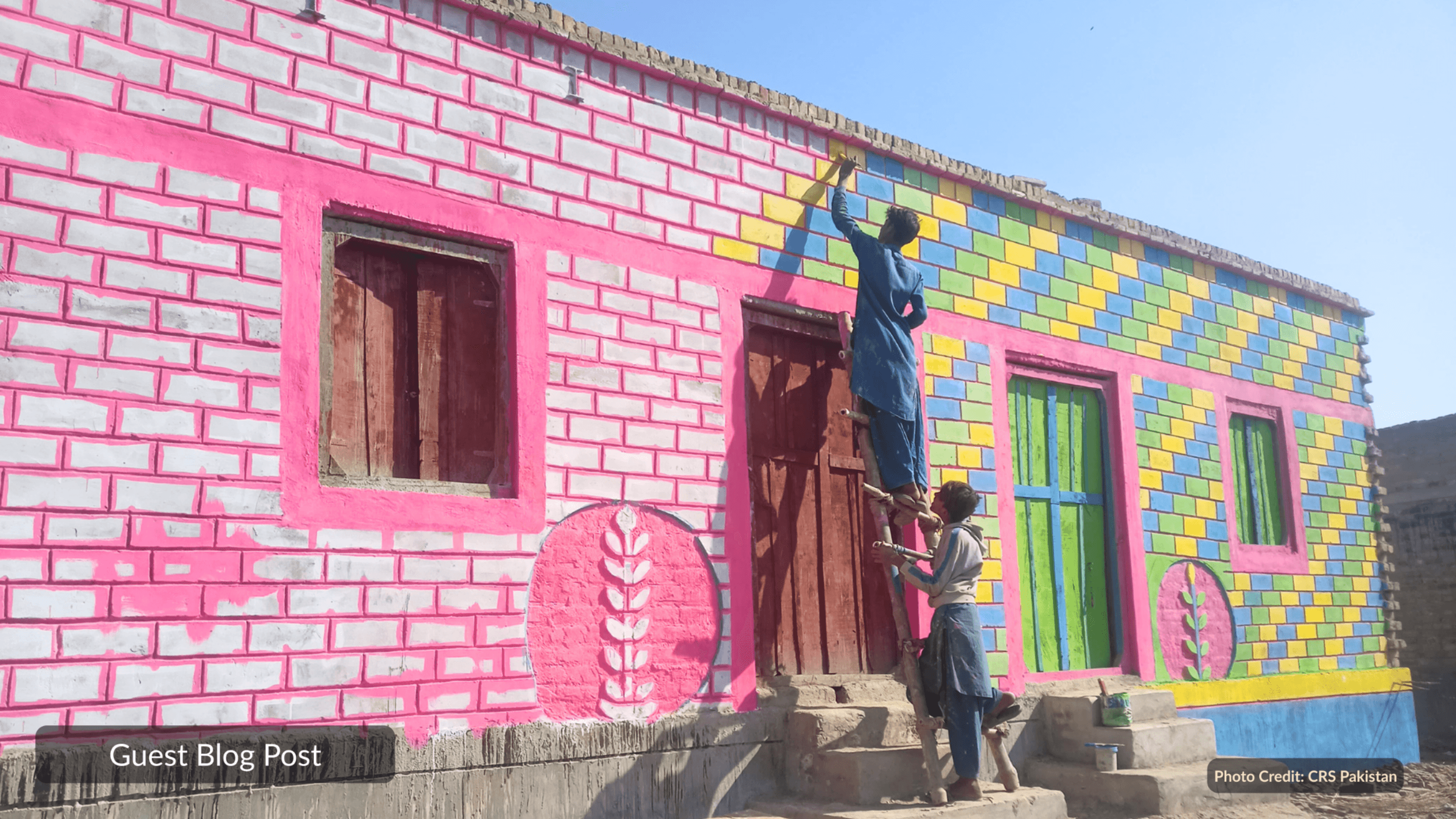
 Women lead shelter repairs in the Jeddah 1 refugee camp in Iraq. Photo credit: Sami Abdulla
Women lead shelter repairs in the Jeddah 1 refugee camp in Iraq. Photo credit: Sami AbdullaRefugee communities are conducting the world's largest uncontrolled experiment in applied neuroaesthetics, and the results are teaching us something profound about what is needed for survival.
Across continents and contexts, individuals who’ve lost their homes fleeing war, famine and natural disasters insist on beauty. They do so even in the starkest, most uncertain conditions. They do it to remember the homes they lost, honor their culture, find a sense of belonging, gain control, and to inspire hope.
These lived realities echo what neuroscience confirms: beauty is not a luxury; it is survival. At Home Ground Lab, we work to make this a reality. As a nonprofit initiative, we partner with local leaders in refugee communities around the world to transform places into beautiful spaces. We fund community-led projects, train practitioners, and amplify stories showing how beauty in shelter creates dignity, hope, and a renewed sense of home, even in displacement.
This urgency is driven by the scale of need. Currently, there are 120 million people displaced worldwide. Shelter tents are designed for only one year of use, but often become ‘temporary’ homes for more than a decade. Standard humanitarian aid mostly funds survival—food, water, shelter—treating beauty as something for later, if at all.
For far too many, this chronic instability has detrimental impacts on physical and mental health. Even so, people still invest time to create beauty with whatever is available. Why is that?
Below, we share three examples drawn from our collaborations and case-study work with refugee communities around the world, showing how beauty emerges in crisis settings and what the science tells us about why it matters.
Beauty Creates Healing and Hope
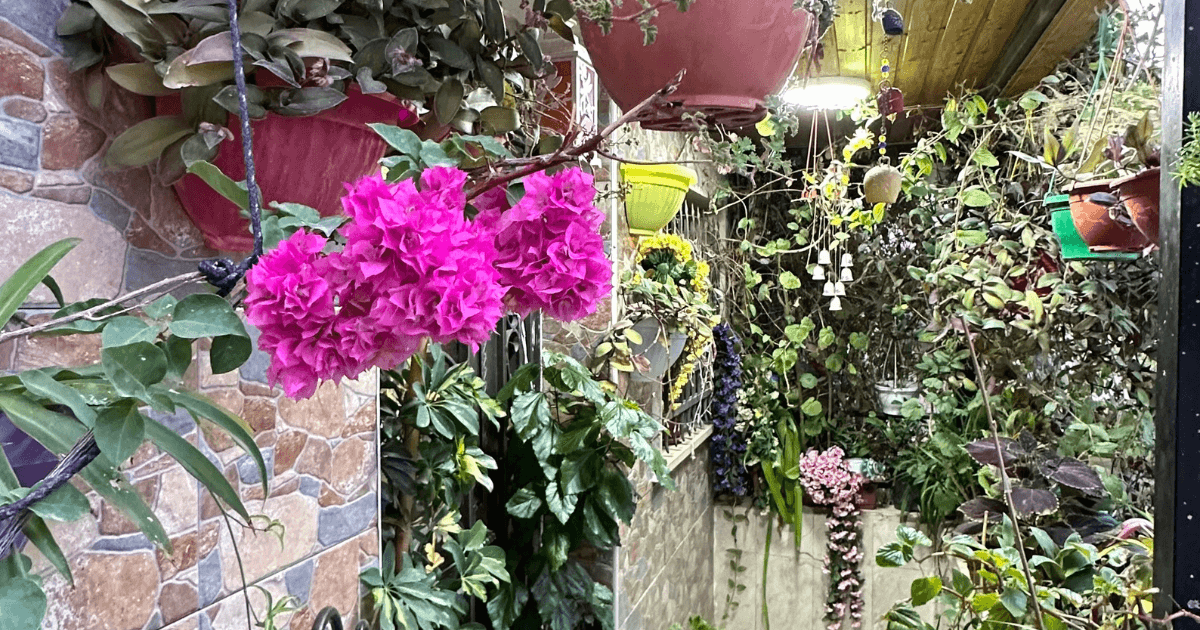 The entrance of home in a West Bank Refugee Camp, transformed through plants and flowers. Photo credit: Nizar ALayasa
The entrance of home in a West Bank Refugee Camp, transformed through plants and flowers. Photo credit: Nizar ALayasaIn the West Bank, Nizar ALayasa works in two refugee camps, where nearly 17,000 people are crowded into a quarter square mile. Our collaborative project – Beauty in Contested Places – began when he visited neighbors in their gardens, asking what beauty means to them.
One resident, Basim, explained: “Feeling that there isn’t enough space for gardening is a bad feeling, so my family and I garden in plastic containers...It has a special impact on me, my family, and the neighbors. Passersby feel a sense of peace and stability with the presence of flowers.”
Basim’s longing for land to farm becomes an act of creative resistance with benefits that extend far beyond brightening a street. Beautifying his physical space creates a container to metabolize feelings. The impact of losing a home and homeland can be more than words can articulate. Because our minds work first by sensing, and then by making sense, acts of beauty provide a bridge, giving people a way to feel, integrate, and express what language cannot carry. This is the groundwork for recovery, and for hope.
Further, these tangible acts of making something beautiful pull the body, mind, and emotions into the present moment. When people are immersed by something beautiful, anxiety loosens its grip, which opens the doorway for hope. This is significant because people can only imagine a future based on their past and present, so the less time spent in fear, the more capacity the brain has to imagine and hope for a different future.
Beauty Restores Identity and Agency
 A reconstructed home in Sindh, Pakistan following the 2022 flooding, painted by residents and inspired by the local Rali textile pattern. Photo credit: CRS Pakistan
A reconstructed home in Sindh, Pakistan following the 2022 flooding, painted by residents and inspired by the local Rali textile pattern. Photo credit: CRS Pakistan In Sindh, Pakistan, catastrophic floods in 2022 destroyed more than 1.2 million homes. Families were left with nothing. “We had lost everything; not just our homes, but our hope,” recalled one survivor, Qadir.
Reconstruction took a different path. Catholic Relief Services, working with local partners and government, led an owner-driven rebuilding process, training more than 1,900 local craftspeople in safe building and artistic design. The result was not only resilient housing, but homes that reflected culture and beauty.
One mason, Raza, who built 25 homes using these techniques, explained, “The training gave us tools to work smarter and safer. We didn’t just get walls. We got our dignity back.” When people work together to create beauty, it becomes more than just something nice to look at. Beauty can carry memories, identity, and the power to act.
Literary scholar Marianne Hirsch calls this ‘postmemory’—a concept she developed to describe how children and grandchildren of Holocaust survivors inherit collective trauma through stories, silences, and everyday practices. But memory can carry more than trauma.
Dr. Neumark’s research found that what's transmitted can also be resilience, creativity, and pride. Families who have been displaced don't just inherit loss, they transmit positive postmemories through acts of beauty: painting familiar patterns on new walls, arranging colors and objects that recall home. Through beauty, they pass forward connections to the homes they left behind. This sustains identity and belonging across generations.
This practice of creating beauty also provides a critical vehicle for how philosopher Susan Brison says healing works: when survivors shift their narrative from 'what has been done to me' to 'what I have done and can do'. Making a space beautiful is one small but powerful way to do this. It gives people a sense of choice and pride, even when much of life feels out of control. Over time, these small acts can build strength, independence, and a renewed sense of community.
Beauty Builds Belonging and Resilience
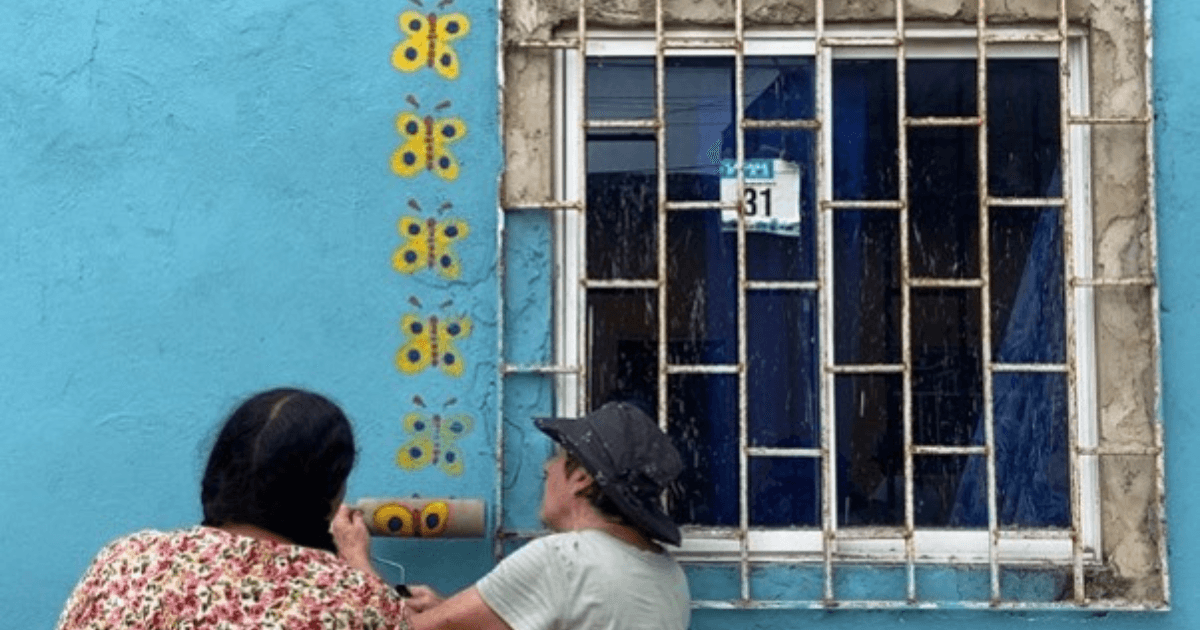 Casa Pintada participants in Colombia paint homes using the Indigenous Zenú roll-painting technique. Photo credit: Blumont Group
Casa Pintada participants in Colombia paint homes using the Indigenous Zenú roll-painting technique. Photo credit: Blumont GroupIn Colombia, displaced Venezuelans resettled in neighborhoods already struggling with poverty, exclusion, and Colombia’s own history of internal displacement. Understandably, tensions were high between new arrivals and long-term residents.
That’s where Casa Pintada, led by the Blumont Group’s Juan Pablo Franco stepped in. In 44 neighborhoods, Venezuelans and Colombians worked together to identify shared spaces and homes in need of renewal. Residents transformed their blocks with patterns and colors chosen by the community itself, using a painting technique inspired by the Zenú, an Indigenous group whose roll-printing tradition became a source of local pride.
Workshops trained women and youth in the technique, and they taught others. Sometimes families painted their own homes, and sometimes neighbors helped paint for those who could not. “It was an act of love and respect for our neighborhood,” one woman said.
The changes were about more than just painting walls. People started to trust each other more. Some neighbors met for the first time. Young people who felt left out found new roles as artists and teachers. After the project, almost everyone said they felt more connected and worked better together. One teen even wrote a song and said, “Casa Pintada didn’t just give us color. It gave us back each other.”
Robert Putnam found that in diverse neighborhoods trust and belonging only grow when there are intentional efforts. Projects like these help neighbors come together, grow as a community, and feel proud and hopeful.
By working together, they built new friendships and became leaders. They learned new skills, made music, taught others, and showed what’s possible when people create something good, together.
Rethinking What Sustains Life
When people think about what refugees need to live, they usually think about food, water, and tents. But refugees show something more: life is sustained not only by what keeps us alive, but by what makes life worth living.
As neuroaesthetics demonstrates, beauty restores memory, affirms culture, fosters belonging, enables agency, and cultivates hope. Humanitarian systems may treat beauty in the built environment as optional, but refugee communities consistently prove that it’s foundational.
At Home Ground Lab, this is where our work begins. We document, support, and scale refugee-led beautification, room by room, wall by wall, plant by plant, so that even places designed to be temporary can hold dignity and belonging, here and now.
If you want to say yes to a new story of home, join us. Because beauty belongs everywhere.
-----------
Get Involved:
- In shelters, camps, and overlooked corners of the world, people are using beauty to reclaim space, declare their worth, and keep hope alive. Share examples of where you’ve seen beauty in places the world forgot as part of Home Ground Lab’s The Beautiful Resistance storytelling campaign.
- Donate to help fund community design pilot projects in refugee communities
- Sign up for our newsletter for updates on events and volunteer opportunities.
- Reshare our work on LinkedIn.
- Reach out to us to collaborate on a pilot in your community.
